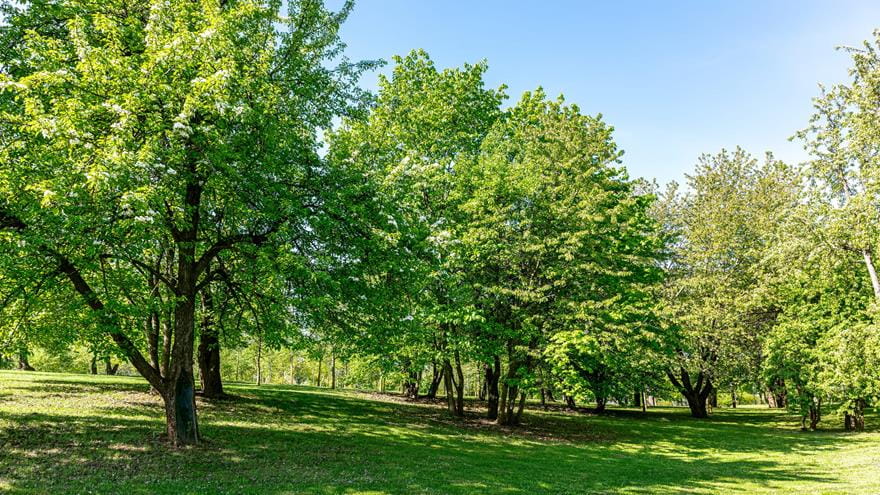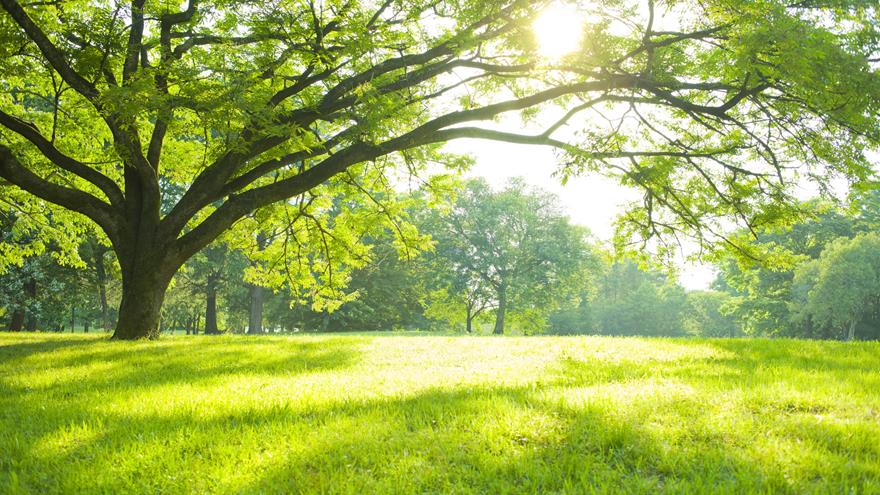男性和高犯罪率地区的居民在减少心脏病死亡方面从社区公园中获益更大
 By Greg Richter
By Greg Richter

- Newborns Living Near Trees Tend to Be Healthier. New Data Suggests It’s Not Because Healthier People Reside Near Parks.
- What's the Benefit of Opening for Taylor Swift?
- Taste Research Suggests Pearl Millet Could be a Healthy, Sustainable, Gluten-free Wheat Alternative in the U.S.
- New Data Finds Health Care Organizations May Not Be Doing Enough to Connect Patients with Housing Services When They’re Needed Most.

There’s a well-established link between greenspace and health benefits, including lower rates of heart disease risk factors, such as high blood pressure and diabetes. 现在,根据最近发表的一项JDB电子研究,在绿地较多的社区,心脏病的死亡率——尤其是男性——更低。 The findings, from researchers at Drexel University’s Dornsife School of Public Health, were recently published in the journal Health and Place.
Studying heart disease deaths in Philadelphia from 2008 to 2015, the researchers also found that, contrary to their hypothesis, it was in neighborhoods with more crime where greater park access and tree canopy cover were associated with lower rates of heart disease deaths.
The data comes from the first study of gender-specific associations of greenspace and heart disease deaths that also factored in violent crime.
“We found the modifying role that violent crime plays in influencing the health benefits from greenspace most surprising,” said senior author Leah Schinasi, PhD, an assistant professor at Dornsife. “By better understanding the complex interactions between social context, built environments and personal identities, we can design safer community spaces to maximize health benefits for all.”
Studies from Canada and Lithuania also found disproportionate health benefits for men, when compared to women, from greenspace access.
Heart disease is the leading cause of death in the United States, killing 702,880 people annually, according to the CDC.
The team gathered data on neighborhood poverty, racial composition, and population density from the U.S. Census Bureau’s American Community Survey; rates of heart disease deaths among men and women (data did not indicate those identifying as non-binary or transgender) from the Pennsylvania Department of Health; 2013 violent crime stats from Philadelphia Police Department via the City of Philadelphia’s Open data repository; tree canopy and vegetation cover data from land cover assessments performed in Philadelphia in 2008 and 2018; and data on perceived access to a park from the 2013 Southeastern Pennsylvania Household Health Survey, which contains responses from a representative sample of adults residing in Southeastern Pennsylvania.
In 2009, former Philadelphia mayor Michael Nutter announced “Greenworks Philadelphia,” with the goal of 30% tree cover in each Philadelphia neighborhood by 2025. In 2018, the city estimated it was at about 20% tree coverage. Last year, Philadelphia’s city government released a 10-year plan for tree planting and maintenance to recover from tree loss from 2008-2018 that could span 1,000 football fields.
“T
Other authors on this study include Anneclaire De Roos, Jane Clougherty and Yuzhe Zhao of Dornsife, and Michelle Kondo of the USDA Forest Service. Support for the research came from the American Heart Association (00015611).
Read the full paper here:https://www.sciencedirect.com/science/article/abs/pii/S1353829224002004?via=ihub#sec4
Drexel News is produced by
University Marketing and Communications.